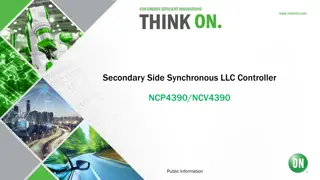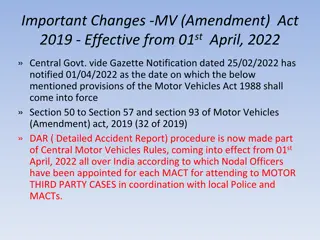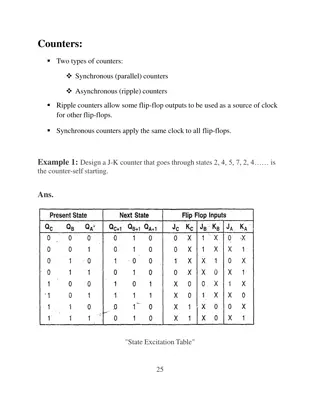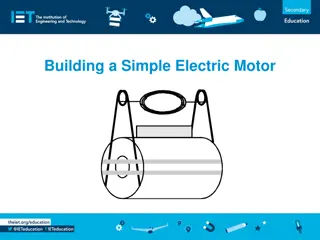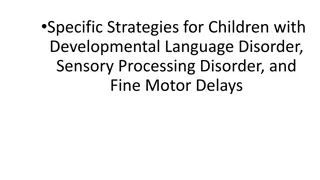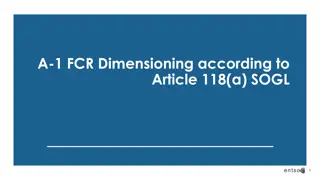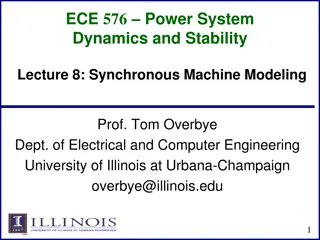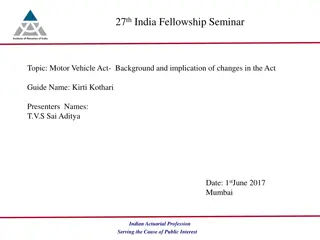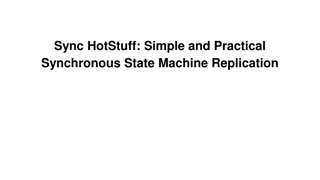
Synchronous Motors: Principles and Construction
Discover the principles and construction of synchronous motors, how they maintain synchronous speed, handle changing loads, and improve starting torque. Explore the importance of torque versus speed and the construction of synchronous machines.
Uploaded on | 1 Views
Download Presentation

Please find below an Image/Link to download the presentation.
The content on the website is provided AS IS for your information and personal use only. It may not be sold, licensed, or shared on other websites without obtaining consent from the author. If you encounter any issues during the download, it is possible that the publisher has removed the file from their server.
You are allowed to download the files provided on this website for personal or commercial use, subject to the condition that they are used lawfully. All files are the property of their respective owners.
The content on the website is provided AS IS for your information and personal use only. It may not be sold, licensed, or shared on other websites without obtaining consent from the author.
E N D
Presentation Transcript
Motor Mechanical Energy ELECTRICAL ENERGY 1
Synchronous Motor Synchronous Motor-Intro Synchronous Motor-principle Changing the Load Starting Torque Improvement of starting torque Synchronous Machine Construction V curves Torque versus Speed Summary 2
Synchronous Motor- Intro The synchronous motor rotates at the synchronous speed i.e. the speed of the RMF. Stator is similar in construction to that of an induction motor, so same principle is applied to the synchronous motor rotor. Field excitation is provided on the rotor by either permanent or electromagnets with number of poles equal to the poles of the RMF caused by stator 3
Synchronous Motor-Principle The rotor acting as a bar magnet will turn to line up with the rotating magnet field. The rotor gets locked to the RMF and rotates unlike induction motor at synchronous speed under all load condition 4
Changing The Load An increase in the load will cause the rotor to lag the stator field but still maintain synchronous speed. Increase in load has increased the torque component, but the field strength has decreased due to the increase in length of the air gap between the rotor and the stator. If the synchronous motor is overloaded it pulls out of synchronism and comes to rest. The minimum amount of torque which causes this is called the pull out torque . Lightly loaded motor Heavily loaded motor 5
Starting Torque It cannot be started from a standstill by applying ac to the stator. When ac is applied to the stator a high speed RMF appears around the stator. This RMF rushes past the rotor poles so quickly that the rotor is unable to get started. It is attracted first in one direction and then in the other and hence no starting torque. 6
Improvement of starting torque It is started by using a squirrel cage within a rotor construction and therefore starts as an induction motor. At synchronous speed the squirrel cage has no part to play. 7
Summary The synchronous motor: requires to be started by an external prime mover. Runs only at synchronous speed, this is an advantage where continuous speed is required but a disadvantage where a variable speed is required. Can be used to adjust the power factor of a system at the same time it is driving a mechanical load. 1. 2. 3. 10


